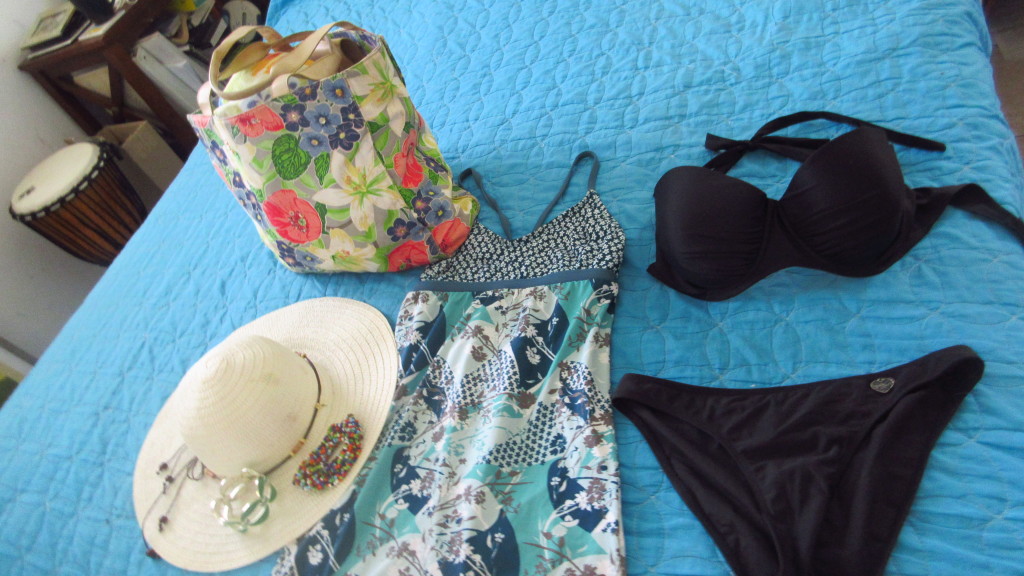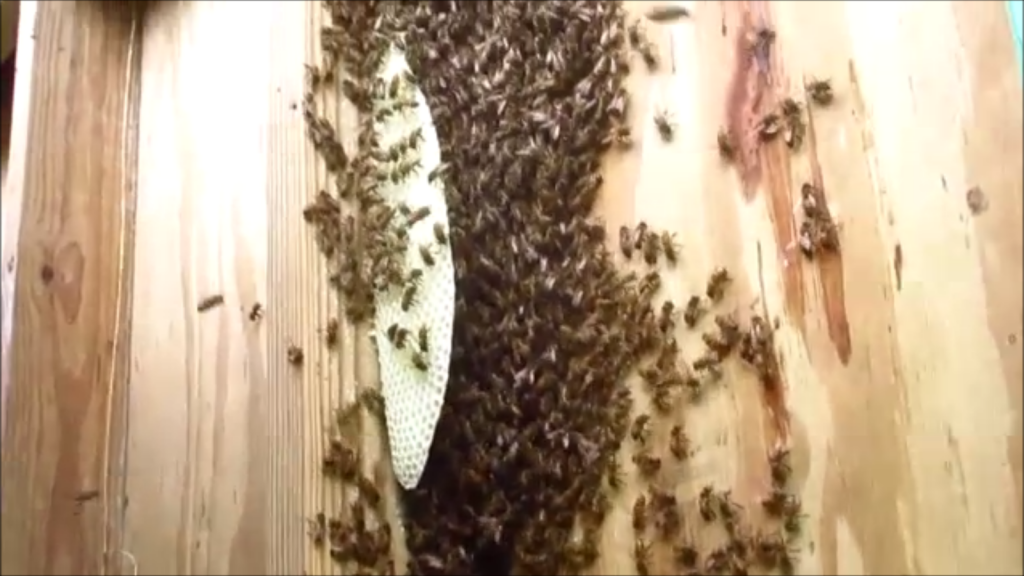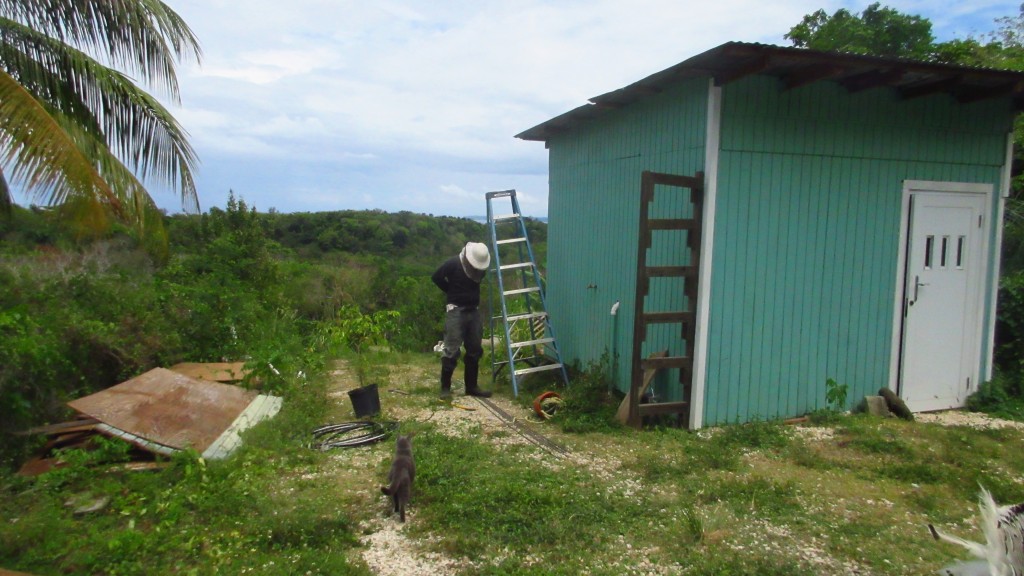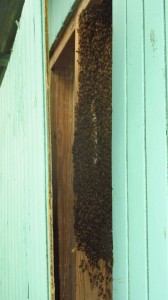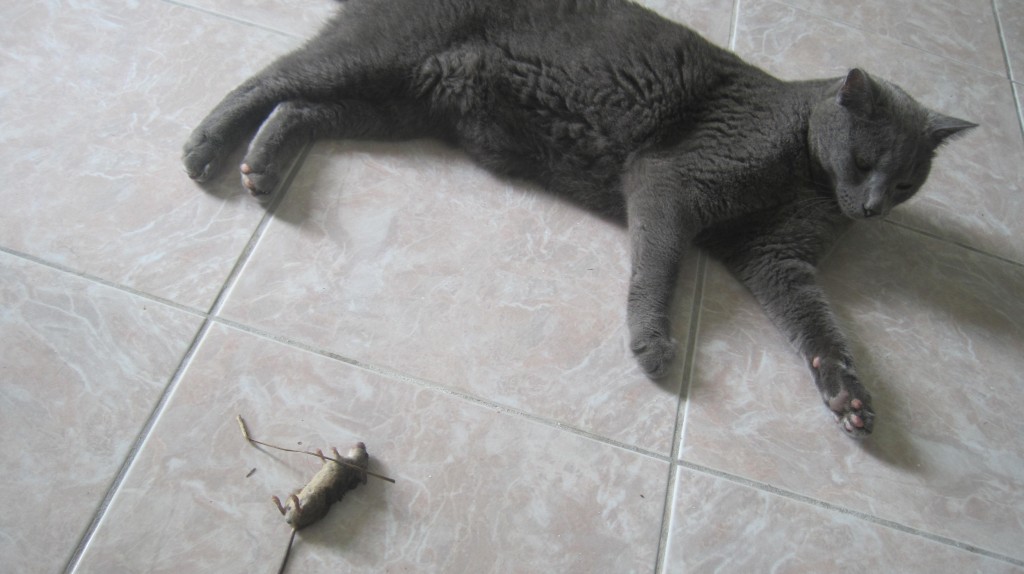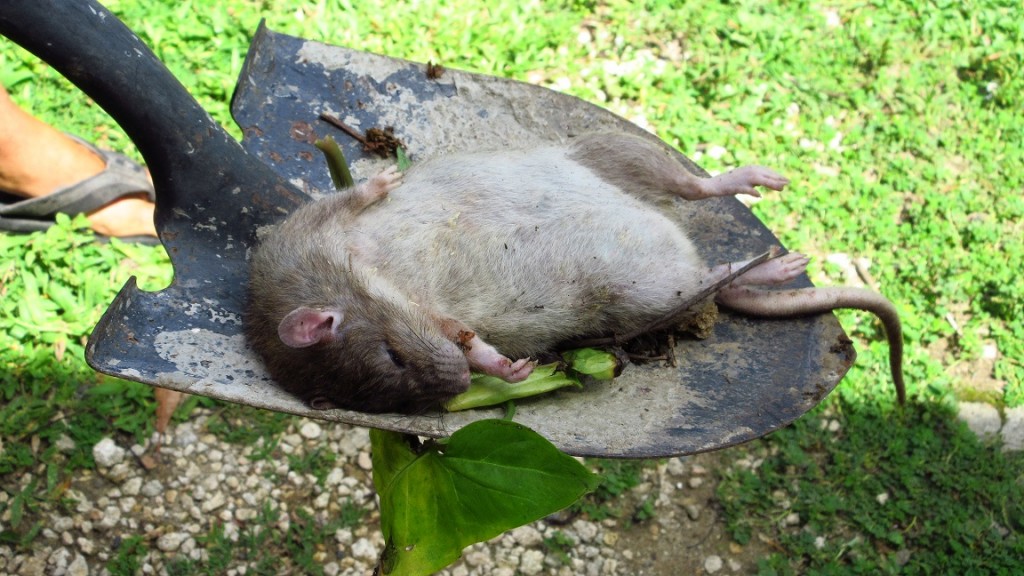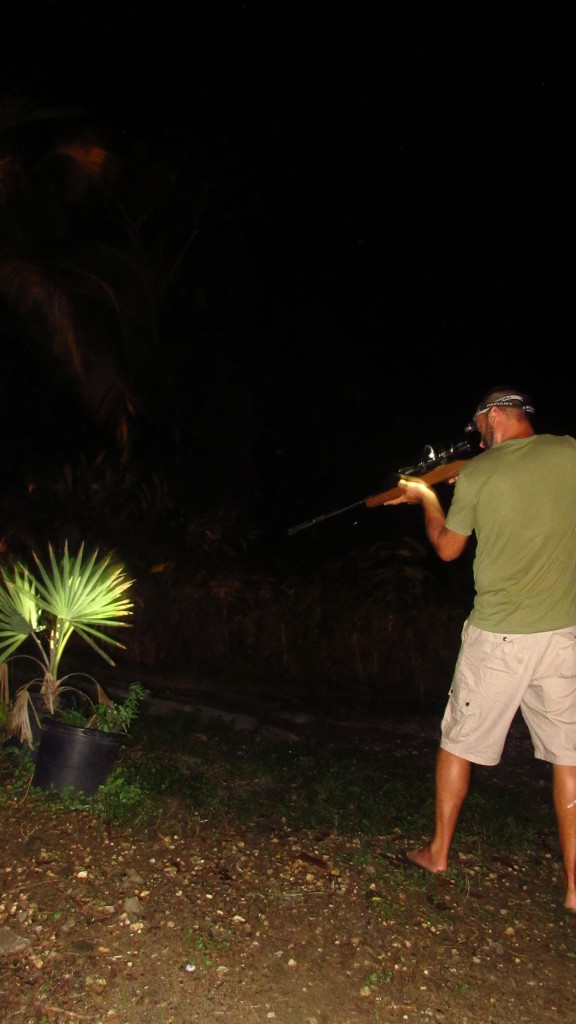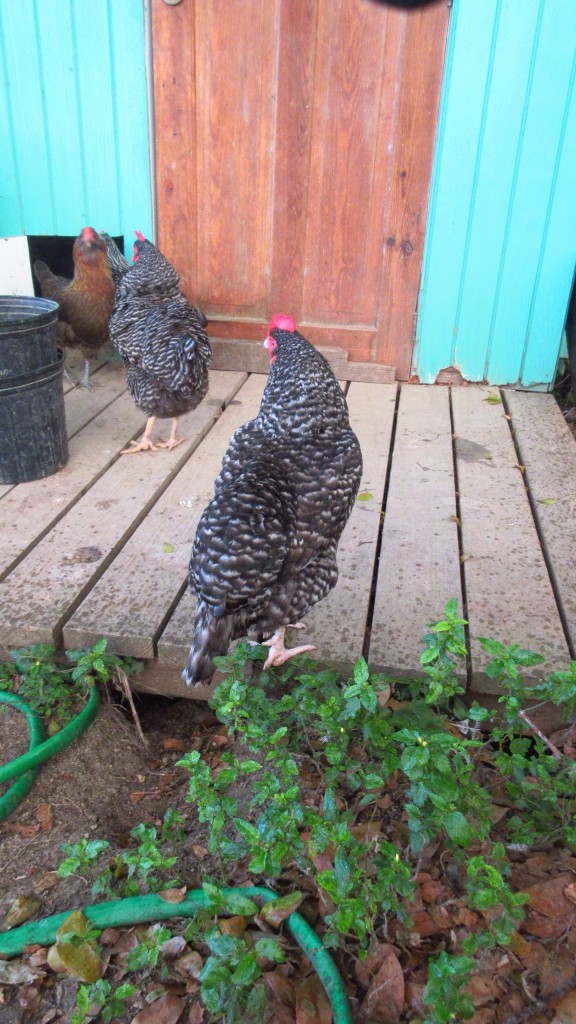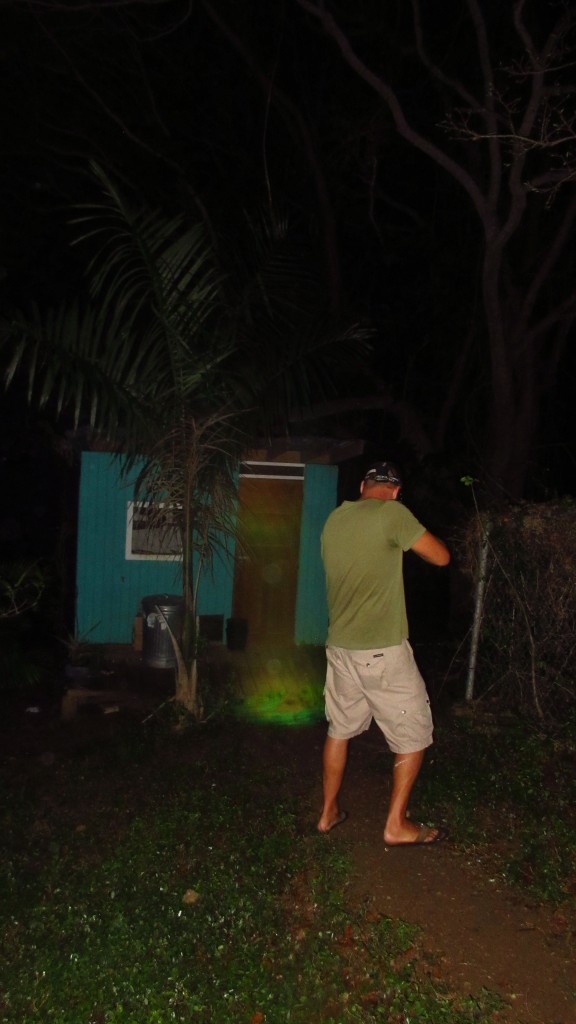Zika, Zika, Zika! Everyone’s talking about Zika! As you can imagine, in Puerto Rico it has been a huge topic of conversation lately. As the latest “new” mosquito-borne virus/disease there has been a lot of worry, alarm and confusion. Puerto Rico is the first place in the U.S. to face the full force of this virus. Unlike in the north where they can just simply say “avoid areas with Zika” when we live here, we are much more aware. Currently, about 700 people in PR have been confirmed with Zika and those numbers continue to grow. But what does that mean? Let’s first go over what Zika is and isn’t.
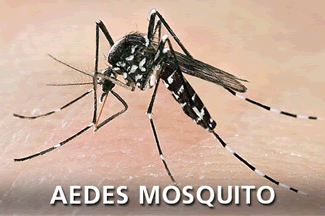
Aedes mosquitoes are large, slow and striped
Zika is a mosquito-borne virus carried by the Aedes mosquito -the same ones that carry dengue, chikungunya, and yellow fever. They are larger mosquitoes with tiger striping. They like to hide out in houses, under beds and in cabinets. Their eggs can withstand long periods of dryness and hatch in as little as a thimbleful of water. They don’t fly far, but travel widely mainly because of the movement of humans and other blood meals. Because of these factors, completely eradicating mosquitoes especially in the wet tropics can be very difficult, if not impossible. The Zika virus can also spread sexually for the approximately 10 days that it is active in the body.
The illness of Zika is actually overall much, much milder than most of the other mosquito-borne illnesses. When Britton had chikungunya/dengue (still not sure which), it laid him out flat for a week! Zika, on the other hand, is almost entirely asymptomatic meaning most people will not even know that they had Zika! Those who do get Zika symptoms have very mild symptoms such as a mild flu. Very few people, in fact much fewer than from the flu, are expected to die from Zika illness.
The main concerns for Zika are Guillain-Barré which is rare and temporarily debilitating but in most cases people will recover and microcephaly in infants born to mothers who had Zika during pregnancy. Microcephaly is basically a shrunken head/brain deformity that can cause all sorts of serious problems in the baby including seizures, vision loss, inability to walk, and other developmental abnormalities. In the general population this occurs in about 2-12 out of 10,000 births.
The increased number of microcephaly births in Zika exposed pregnant women, including the exact rate, is still not exactly known. Nor, is much else about it for that matter. All that is known is that there is an increased risk. Most reports show, however, that the increased numbers of microcephaly were dramatically overstated in Brazil and that of those that were accurate nearly all of the women had experienced the classic Zika symptom of a rash on the face and red eyes. Since only about 20% of people who are infected will experience any symptoms at all, the likelihood of a microcephaly birth is still very low.
The other factor to remember is that once people have been exposed to Zika, including women of childbearing years, we then have immunity! It is only during this short window of time while it spreads, perhaps a year, that we are immunologically naïve and will have this risk. Because it is already spreading so rapidly, it is estimated that 80% or more of people in Puerto Rico will have been exposed (and therefore granted future immunity) to Zika. It is estimated that at least 20-25% will have been exposed before this current year (2016) is out.
My Thoughts on Zika
To me, given all of this information about Zika, which is still frankly not much (I would like to know the exact expected rates of births with microcephaly in infected and symptomatic mothers for instance), I would say that the majority of the population doesn’t need to worry much at all! Zika is a very mild disease and most people won’t even know that they had it. And trying to fight off all the mosquitoes is a losing battle. Even in the states, West Nile Virus spread like wild fire and infected tens of thousands of people. Even though mosquitoes there are really only an issue for about 3 months out of the year and most people have screens and air conditioning, it still spread! It is nearly impossible to be completely locked away from mosquitoes, and many call the fight against mosquitoes (especially the aedes mosquitos) a lost cause.
In fact since it is estimated that most of us will get Zika anyway, I’d rather get my immunity early rather than delay it further and that way I won’t have to worry as much about questionable chemical municipal sprays, GMO mosquitoes, larvacide in the waterways and freaking out about mosquitoes (though I am certainly no fan of the little blood-suckers and have tried all I can to keep them away, given how much they love me I probably already have it).
Since the biggest issue with Zika is the increased risk of microcephaly, the group of people who I would be most concerned about are women who could become pregnant, are thinking of becoming pregnant or who are currently pregnant. For that reason some groups are recommending the delay of pregnancy until after the wet summer season (when presumably we’ll all get the chance at Zika immunity). Even still, while it is an increased risk, most babies born to women who were exposed to Zika during pregnancy will be normal.
I hope this summary of information on Zika that I have been reading up on has been helpful. In the meantime, I will be eating a lot more garlic to ward off these vampires and keep my cardiovascular/immune system strong to fight off any virus. ¡Salud!



